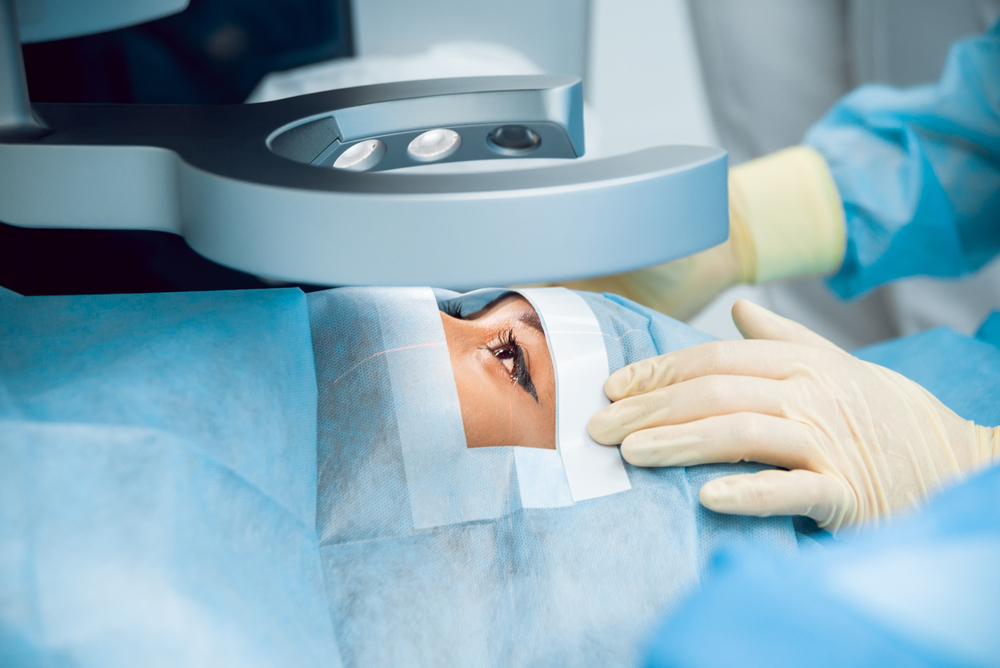Which is best for you?
Nearly 3 million cataract surgeries are performed each year in the United States with one in three Americans needing cataract surgery at some point in their lives. A cataract is a clouding of the normally clear lens of your eye. Cataracts can make it difficult to read, drive or see objects clearly. Cataracts typically develop slowly and don’t disturb your eyesight early on, but mature with time and may eventually interfere with your vision. Cataract surgery is performed to remove the cloudy lens and replace it with an artificial lens known as an intraocular lens or IOL.
If you are planning to have cataract surgery, you may be offered a choice of either laser-assisted or traditional cataract surgery.
Traditional cataract surgery, also known as phacoemulsification, is the most common eye surgery in the world, and is considered safe and effective. Laser-assisted cataract surgery is the latest and most advanced method of performing cataract surgery. And many ophthalmologists prefer laser cataract surgery over traditional cataract surgery as a pre-treatment to “soften” cataracts.
Traditional Cataract Surgery – Phacoemulsification
Traditional cataract surgery is performed by creating a small incision, using a scalpel, in the side of the cornea by hand. Your eye surgeon will then insert a micro-surgical instrument through this incision in an area behind the pupil where the eye’s lens sits. This same instrument is used to create a circular opening in the lens capsule. Then a vibrating, pen shaped probe is inserted through the opening to apply sound waves, also known as ultrasound, to break up the cloudy center of the lens. The broken pieces are then suctioned out of the eye, and a IOL (Intraocular lens) is implanted into the eye to replace what used to be the cloudy natural lens. Typically, no stitches are required.
Laser-assisted cataract surgery
Laser-assisted cataract surgery differs in that a camera/ultrasound imaging device is placed over your eye to gather information about the affected lens and to map the inside of the eye. This device sends detailed information to the computer that programs the laser with the exact size, location and depth of the incisions that will be needed. Your eye surgeon then uses the programmed laser to make the incisions and the opening in the lens capsule. Energy from the laser is used to soften the cataract. Then the same ultrasound probe used in traditional cataract surgery is used to break the lens into pieces and suction them out of the eye, and the intraocular lens (IOL) is implanted. Typically, no stitches are required.
One of the great benefits of laser-assisted cataract surgery is that a laser may also be used to correct astigmatism by reshaping an imperfectly curved cornea. This technique may also be performed by hand, but the laser allows your doctor to do it more reliably and precisely, which leads to a better and more predictable outcome. In addition, laser requires less energy than ultrasound when breaking up the cataract, thereby reducing the risks of corneal swelling. Corneal swelling can impact vision and prolong healing. Generally, the visual recovery is faster when laser is used.
Cataract Surgery Recovery
Some patients may see clearly immediately, while others may need to wait about a week or two for their vision to clear. Full recovery from cataract surgery is typically about one month.
Depending on your diagnosis and the type of results you’d like to achieve from cataract surgery, your ophthalmologist will help you decide which procedure is the best option for you.







